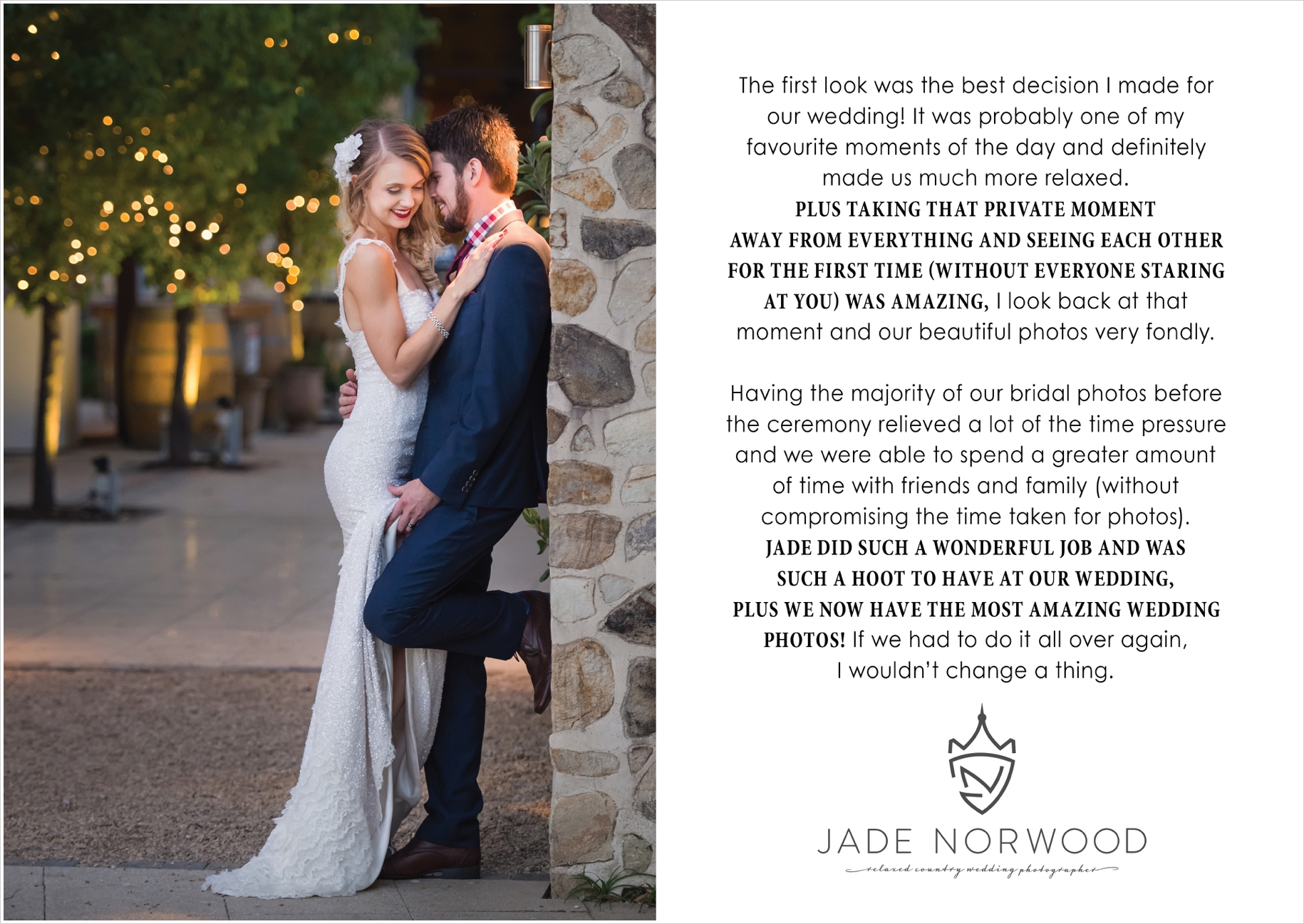
While some professional photographers are showered with dozens of orders each day, others (particularly beginners) can have a tough time getting photography clients. That's why you need to make sure you've chosen the correct strategy for promoting your personal brand and services.

There are many different types of photography so it’s highly recommended to specialize in one of them rather than trying to become a jack of all trades but a master of none. This doesn’t mean that you should only ever do one photography genre, but having a focus will allow you to brand your work and services in a way that will attract specific photography clients and help you get more orders.
Some of the most promising specializations include wedding, family, maternity, child, senior, event, sports, and newborn photography.
You also have the option of specializing in multiple genres rather than just one. If you’re only at the start of your professional journey, you probably hate the idea of limiting yourself to just providing newborn photoshoots, for instance. As an alternative, you can expand into maternity, newborn, child, and family genres to broaden your scope.
The primary reason why beginner photographers should specialize in a certain genre at the start of their career is that this approach will help establish the type of images that have to be featured in their portfolio. If you plan to offer newborn photography services, your portfolio needs to include at least a single newborn photoshoot to help potential customers get a better idea of what they can expect from you.

The primary task of any beginner photographer is to create a professional photography portfolio. Your first models can be your relatives, friends, and acquaintances who aren’t against the idea of having their photos become a beautiful addition to your portfolio.

At the start of your photography business venture, you’ll get to work with a broad range of clients. You’ll photograph relatives, friends, and any other person who shows interest since you have to start somewhere.
As you grow and establish yourself, you’ll have to focus your marketing campaigns on certain target groups. If you need help determining who your perfect customer is, answer these questions:
You have to ensure you build a powerful and cohesive photography brand so that your target audience understands what your business represents and what you can offer them.
For instance, if you’ve chosen to work in the wedding photography genre, it’s a good idea to focus on engaged couples, wedding planners, and other individuals involved in the industry.
You could be a terrific portrait photographer who possesses incredible skills but that alone isn’t enough to attract an audience that is interested in portrait photography since your goal is to appeal to clients that are planning a wedding in the foreseeable future.

Another method you can use if you want to learn how to get clients as a photographer is to put together and start a social media campaign. For instance, you can create a Facebook ad and target it at specific population segments. Modern ad systems let you specify the gender, age, interests, and location of the people who will see the advertisement.
The lowest amount you can spend is $1 a day per Facebook ad. Such a budget-friendly solution lets you do a couple of test runs to see how different ads perform before you decide to invest more.
I also suggest using Instagram since it’s among the best social media for photographers. Instagram lets you use your profile as an online portfolio. Publish your photos regularly while gaining traction and collecting more subscribers as you go along.

Are you generally working with employees in their professional environment or taking corporate headshots? Or do you plan to mostly do family photography? Regardless of what you choose, both your branding and advertising campaigns should be fine-tuned to match and convey the genre and tone of your photos.
Follow these suggestions to develop your brand more efficiently:
Design a unique, eye-catching logo. Your logo should always offer a condensed representation of what your brand is about. Strive to make it minimalistic yet memorable.
Ensure all your branding elements ooze personality, including the About Me section and your online portfolio. Such an approach will do wonders for helping you establish a connection with potential customers.
Establish a coherent style throughout the entire portfolio. Your style should encompass the site design, fonts, and tone of writing. Employ a quality website builder for photographers, like Elementor, since such a platform will let you pick a trendy, stylish template that matches your business perfectly.
Optimize your site to boost its search result ranking. A lot of individuals search for photographers while using search engines like Google. The deeper your understanding of how search engines work, the likelier you’ll be to get your own website to the top of the search results page.

Word of mouth is an invaluable tool that can help you quickly expand your client base. If you want to create hype around your services and strengthen the bond with your audience, consider contacting past clients and asking if they could record or write a testimonial about your services.
Photography is all about cooperation – if you enjoyed working for a specific client, there’s a high chance they’ve had a great experience too. Inform such clients about how much you value your collaboration and how important it is for your business. Afterward, be sure to respond to all the feedback you receive with class, a positive attitude, and humility.
If you feel anxious about requesting feedback and asking for referral rewards, you can consider bundling such a request with a special offer or discount as a thank-you gesture for their previous order.
Some possible options are:

Another method for expanding your client base relies on contacting local small and medium-sized businesses and offering your services at a discount. They can probably relate to your situation of being a small business that's trying to get its feet off the ground and can even become a recurring client in the future.
Becoming an active part of the local small business scene can do wonders for expanding your reach and connecting with the target audience. Remember to encourage your clients to tag your page in any images they share on social media.
Visit local events organized by small businesses to establish a personal connection or reach out to them via email. If you decide to go to an event, dress and conduct yourself in a professional and friendly manner that is appropriate for the occasion.

Create and update a database of customers and businesses that you hope to work with. Applications like Airtable or a CRM like Dubsado are perfect for this task but even an Excel document can get the job done.
The key here is to research who you’d like to collaborate with and keep in touch with them once initial contact was made. Consistency is vital for ensuring your relationship with them stands the test of time.
Hire a designer who will make a template that you can use for swapping out images each time you create a new campaign with new photos. Add your logo to the front and accompany it with a brief bio as well as key contact info.
Note: Make sure your promotional email comes across as professional as possible to ensure you leave a positive impression that will guarantee your client thinks of you every time they’re considering ordering photography services in the future.

By taking advantage of this tip, you’ll be able to earn some extra income and gain more exposure. Popular stock photography sites that you can use include: Shutterstock, which requires you to pass an exam and provide scanned copies of your passport and address, Adobe Stock, which offers a convenient UI, high rates, and lets you withdraw money to PayPal, Dreamstime, which is very beginner-friendly and offers good rates, and Depositphotos, which has a verification procedure and friendly moderation, as well as Freelance, Kwork, and FL, which are job platforms that offer work for photographers.
The more images in your portfolio, the bigger your income. You’ll probably start by earning about $10 a month and can reach a level of $1000 or more. Typically, beginners earn around $50-$90 per month but in just two years you can get as high as $1500.

Making donations to educational establishments and charity auctions will allow you to establish new leads and increase brand awareness. While you'll lose the package you've donated, you make up for it by growing your business and doing a good deed in the process.
For example, the individual who acquired your service at an auction may later choose to purchase other services from you. Meanwhile, people who didn't get the package can decide to buy one anyway.
You can begin by reaching out to schools and charities you know about or by googling "Silent Auction (your city)." Give preference to events that fit the service you have to offer and have a higher chance of attracting your target audience.
Next, put together an appealing package that leaves room for the winner to upgrade it further once the photoshoot is on its way.
When it comes to marketing, avoiding mistakes is just as important as making the right decisions. Below you’ll find some of the most common mistakes made by photographers that you can avoid to find clients for your photoshoots faster and easier.

There are situations when discounts and sales make sense but don't use them as your marketing crutch. Such an approach won't help you find the clients you want. If you're constantly offering cheap services, you'll usually only attract "cheap" clients who care more about the low prices than the high quality.
Low prices can devalue your brand. Clients will never be willing to pay full price since they know there will probably be a discount tomorrow. Moreover, there will always be other photographers who offer even lower rates than you so it will be hard to support your photography business if you follow this strategy.

Mass advertising can help you efficiently build your business as long as you adopt the correct business model. However, most photographers don’t want or need to work with 1000 clients a year. Unless you’re the rare exception, avoid using mass advertising on Facebook, Instagram, local magazines, and TV.
If your goal is to earn about $100,000 a year, you only need about 50 clients who spend around $2,000 on average.
Website and social media management are very important but you still need to get out of your house. When you leave home, get involved in volunteering, talk to people in your community, and work on your personal image.
Remember that clients do business with people they like and know. If they never have the opportunity to meet you, they won’t be able to understand you or take a liking to you.
Even the best photographer needs to establish connections and promote their photos on the market. Not all clients will tell their friends about you so it’s up to you to advertise your skills and experience. Consider dedicating an hour or two a week to finding new clients just make sure you’re consistent in your efforts.
When business is slow, you can reach out to your established client base. If you’re great at what you do, many clients will want to return for a second photoshoot. Sometimes clients call you out of nowhere but you can also contact them on your own to ask if they’re interested in scheduling a session.
Client base management can be done using Trello, Studio Ninja, and ShootQ. Such applications will help you organize all aspects of your photography venture including bookings, invoices, client information, etc. Besides, remember about the power of referral. Always reward your loyal clients whenever they recommend your services. Learn how other photographers and companies do it to develop your own approach. For instance, you can see how TargetBay maintains referral programs.
If you’re looking for clients online, you can come in contact with people you’ve never met or ones that live hundreds of miles away. Obviously, you’ll have to send them an example of your work and that’s where photography copyright laws come into play, and it’s your job to ensure your content is protected.
Just as a good camera doesn’t magically make a person a great photographer, so does having experience using Photoshop doesn't mean you're a graphic design expert. When it comes to designing your logo and other marketing assets, you should hire a professional graphic designer who has experience working in the photography industry or invest in professionally-made templates.
Quality design will strengthen your brand and is worth every dollar. If you show that you’re willing to invest in yourself, your clients will be ready to invest in your work.
The first thing I’d recommend to anyone who wants to learn how to get more photography clients is to establish a solid social media presence to let your target audience know what you have to offer while building up your digital portfolio.
It’s a good idea to begin by talking to your friends, relatives, and close acquaintances. Let them know you’re launching a photography business and that you’re offering a free or cheap photoshoot opportunity that will help you expand your portfolio.
A great photographer needs to possess an eye for detail as well as the ability to masterfully manipulate the light, composition, and subject positioning to capture the beauty of the scene and convey the desired message.
A standard photoshoot ordinarily lasts between 1-2 hours, encompasses several locations, and leaves the client with a couple of dozens of pictures to pick from. There are also mini shoots that last about half an hour that result in a couple of beautifully-edited photos that are delivered to the client.
A professional photographer has to rely on both skill and talent to truly excel in their craft. Regardless of whether you have developed your photography mastery from practice or natural disposition, the result is more or less the same.